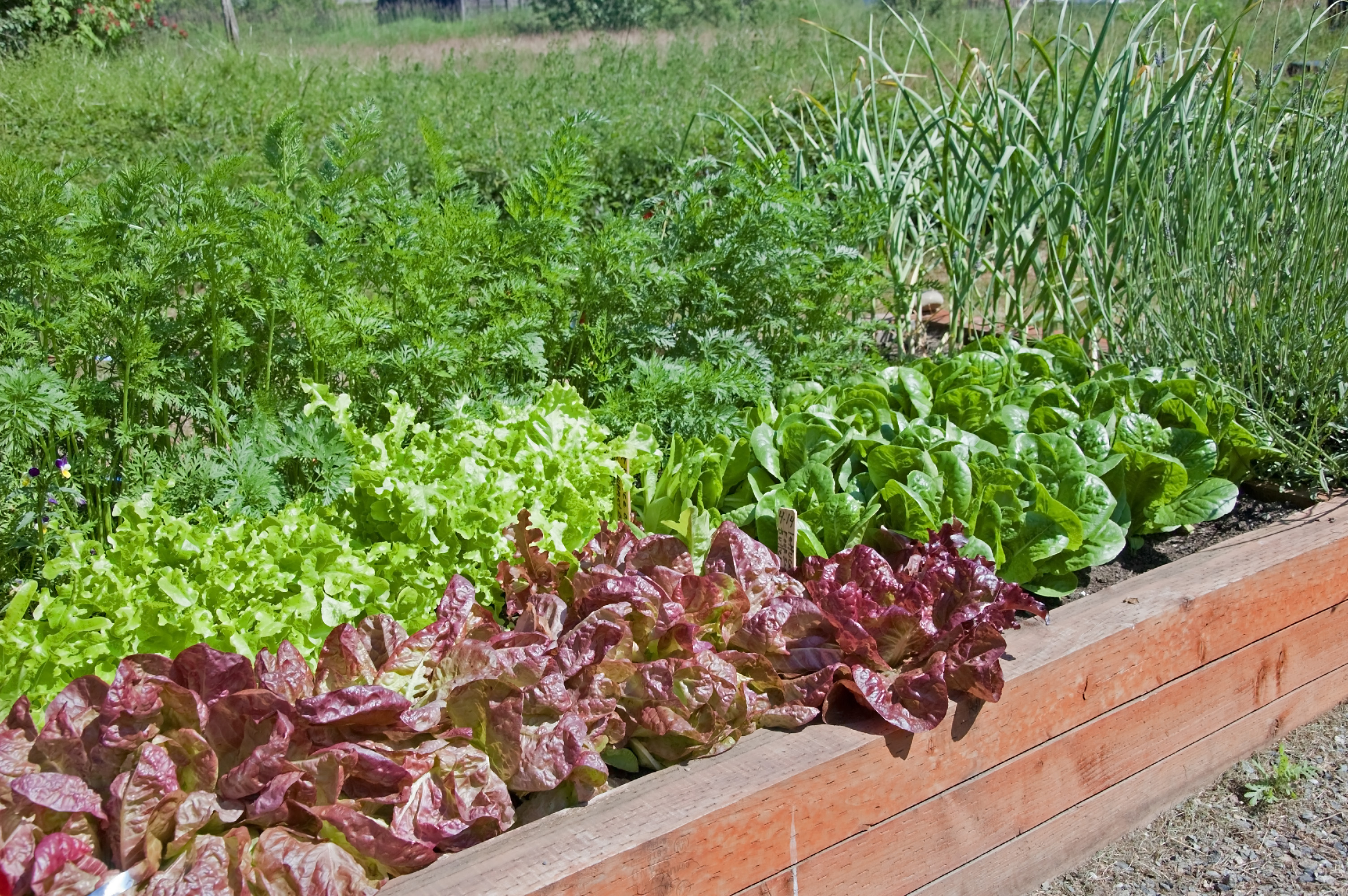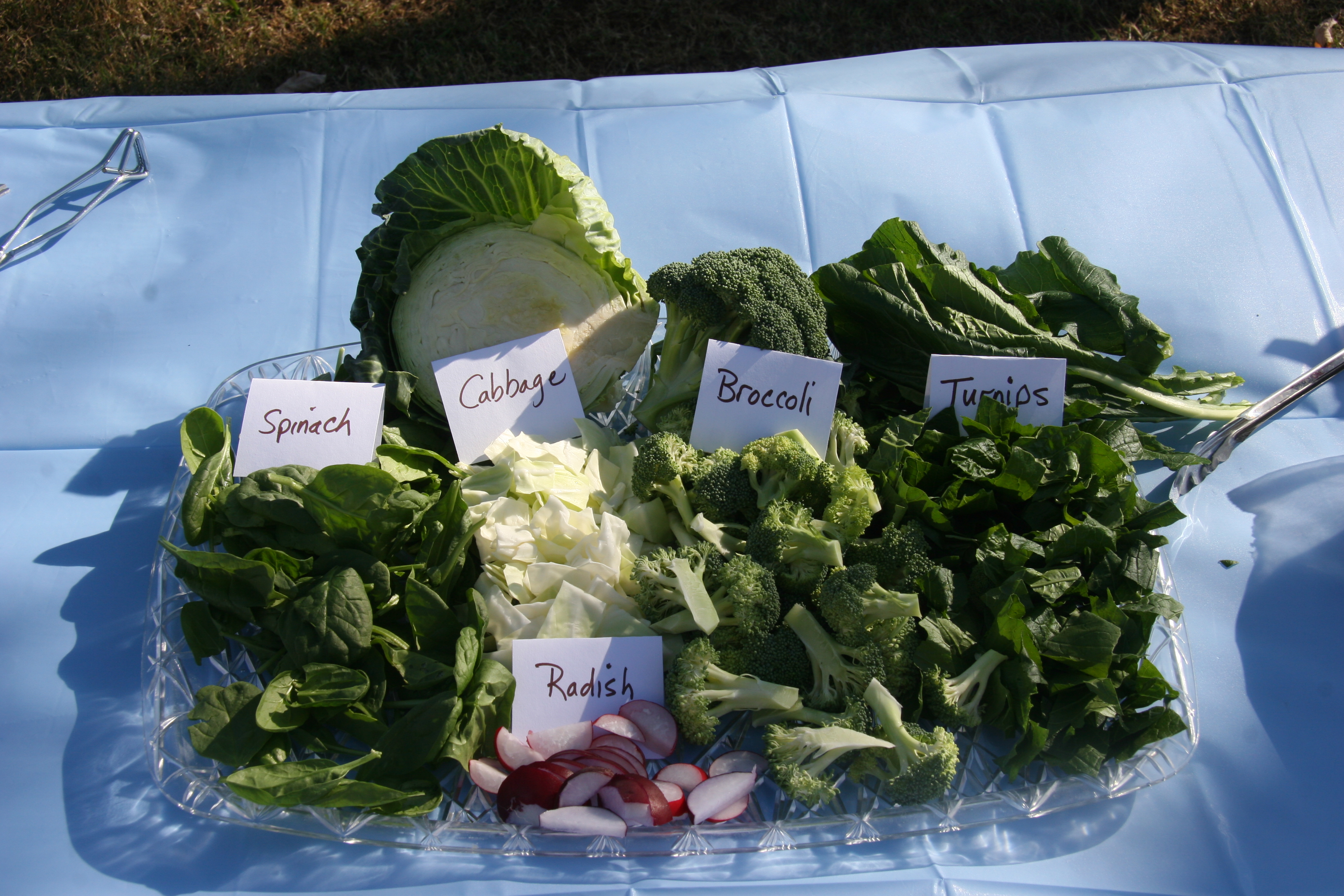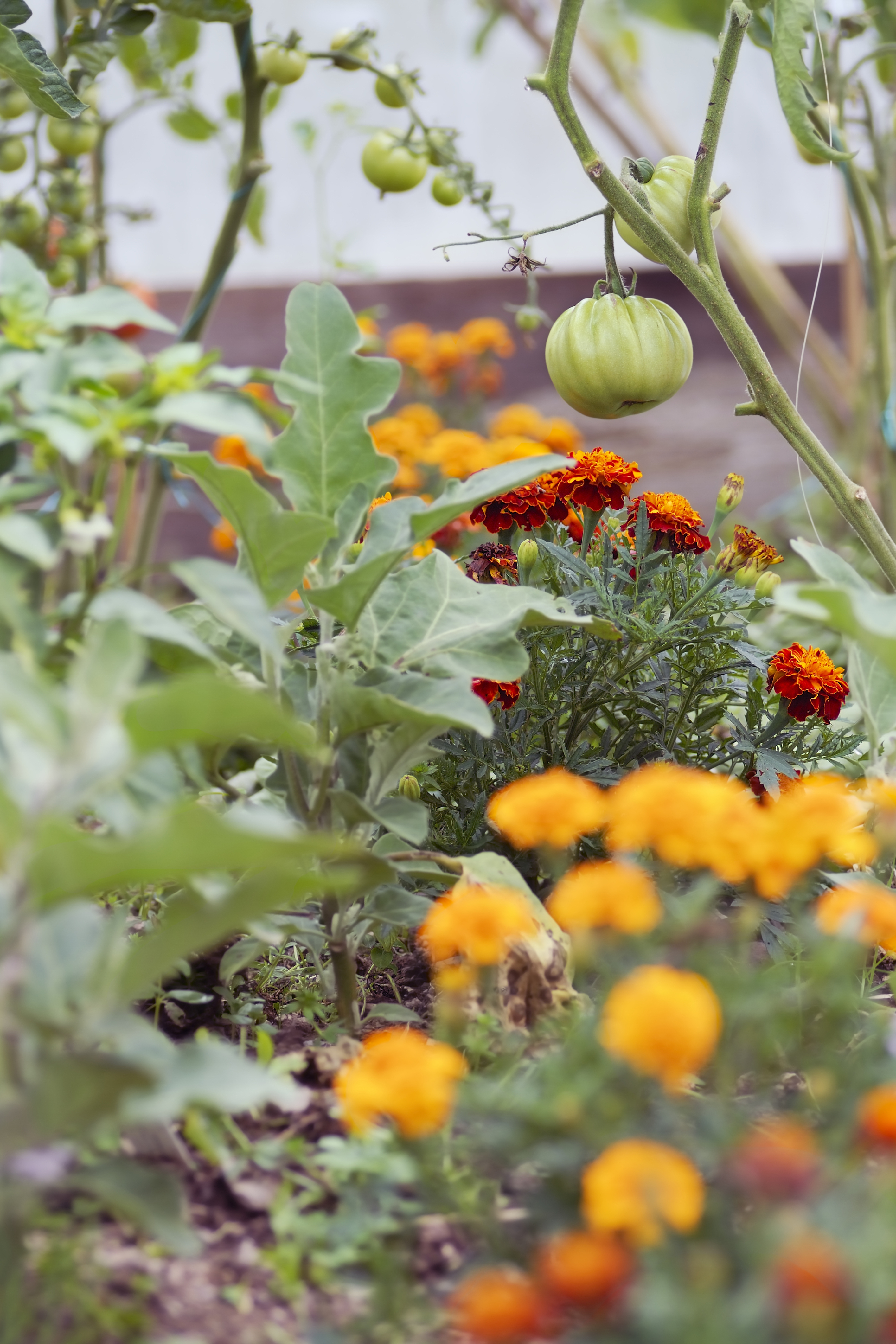Outdoor Learning Station: Fall Veggie Garden
| Fall is the best time of year to plant a school vegetable garden in Alabama. While spring vegetable gardens are educational and fun, they can be less than ideal in a school setting as harvesting occurs mostly in summer months when students are out of school. Fall vegetable gardens can be planted and harvested during school months and provide nearly endless educational opportunities - soil calculations, measuring spacing between plants, soil and water requirements, plant anatomy, plant life cycle, nutrition, composting, and more! |
 |
| Use the links below to create and use a fall vegetable garden in your outdoor classroom. Why a Fall Veggie Garden | Which Veggies To Plant | How To Improve the Garden | Activity Resources |
|
Why is fall the best time of year for veggie gardening? |
|
|
|
Which vegetables should I plant? |
|
| There are a lot of vegetable plants that can be grown in a fall garden. Generally speaking, these plants need the cooler weather that fall provides to reach maturity. Below is a list of some fall veggies you can consider growing in your school garden. |
|
|
 |
 Fall Vegetable Garden Tasting
University Place (Madison Co) |
|
| *When planting these seeds, you may want to mix the seeds with sand. The seeds are so tiny that a pinch of just seeds would probably contain 20 seeds, making it difficult to spread the seeds over the garden row. By mixing them with sand, the seeds are dispersed more evenly and a pinch will not include as many seeds. A good rule is to use 4 times as much sand as seeds (4 tsp of sand to one tsp of seeds). This way, as you sow the seeds, it spreads them out along the row better so that you don’t have to pull as many when you thin them at a later date. Basics of Fall Vegetable Gardening (ACES) - Excellent resource for more information about fall vegetable gardening. It covers everything you need to know to have a successful fall vegetable garden at your school: preparing the site, selecting plants, when to plant, water and fertilizing, pest management, and frost protection. |
|
| Companion Planting: Improve Your Garden | |
Consider how plants grow in nature - there is a mix of species in one area (each with different functions and needs) rather than a large group of a single species. We tend to plant in a more monoculture-style when we garden. Grouping plants of the same species together certainly simplifies maintenance and makes identification easier, but when it comes to edible gardens, companion planting is best. |
|
Companion planting is the act of planting certain plants near others to enhance their quality and growth. Simply put, some plants grow better when planted near certian plants than when near others or when alone. Some benefits to companion planting include:
|
 |
| Download a free Companion Planting Chart (by Food Gardening Network) to see which vegetables should be planted near each other for improved quality and growth. Their website also has other free guides including What to Compost and Plants for Bug Control. Activity Resources Below are free activity sources related to vegetable gardening and plants: AWF's Outdoor Classroom Field Investigation Activities
The links below are to kid-friendly webpages that will help your students explore and research the gardening and plants in general:
|
|
.
 Wildlife Tag
Wildlife Tag